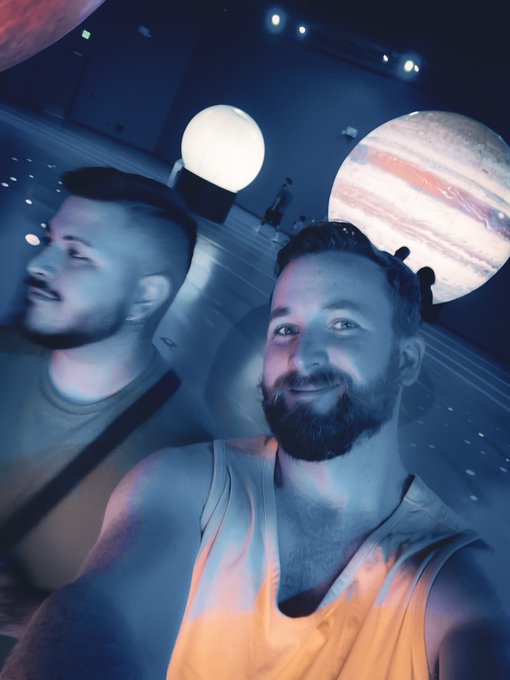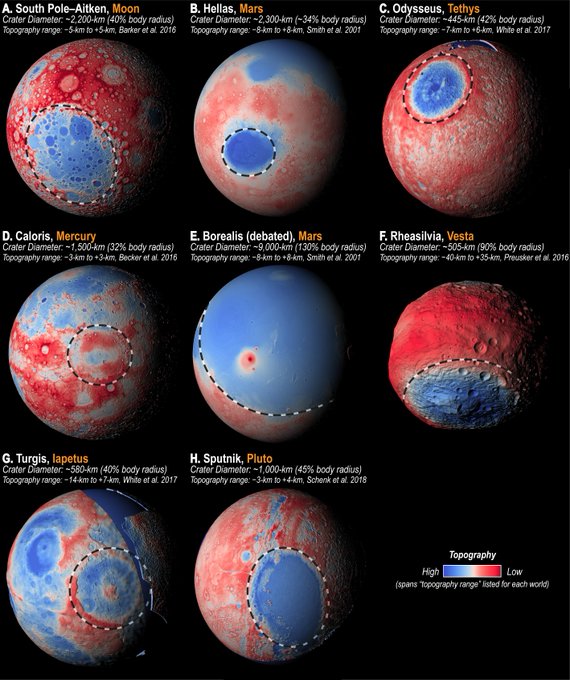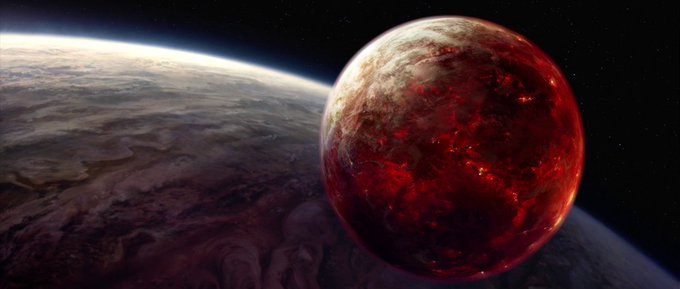The 1st article (by Anne Pommier & Alfred McEwen) presents a high-level overview of Io as a unique world. For example, here's four end-member hypotheses for the varied (and wild) interior structures of Io—from solid moon, to magma ocean, or even a magma sponge! (2/11)
However, with this higher resolution model that combines Juno/Galileo data, we are starting to get a low-resolution picture of the gravity from Ganymede’s geology. (5/9)
Spent the weekend exploring the Solar System with @dearestantoine.
I love our adventures 💖🪐
I’m giving a preliminary report from our @KISS_Caltech Next-Gen Planetary Geodesy workshop at #OPAG in ~15 minutes!
In short, we should/could be doing the cutting edge geodesy we do at the Earth/Moon (InSAR, high-res and time-dependent gravity, etc.) at ocean worlds!
I'm spending some of the afternoon reading parts of the #PlanetaryDecadal, and wow, the Decadal will be like a whole new document when the figures are released...
[This is Figure 7.2, which was also in the Endurance report.]
In addition to chronology, SPA is one of a family of giant impact basins across the Solar System—from Mercury to Pluto. We know perilous little about these early, gigantic impacts that likely set the stage for the rest of their host world's evolution. (6/20)
@ThePlanetaryGuy We see in Ep3 that it’s orbiting really close to a gas giant, so tides are probably the energy source...
That moment when you realize they lit Phobos on fire for the #StarTrekDiscovery poster. #STLV #StarTrek
OMG, this is my favorite thing! @JoAnnaScience did some portraits of my puppies, Cheesecake and Poppy!
My latest @NatureGeosci Sketch-Up is out, and it’s about @OSIRISREx and Bennu—a rubble pile asteroid with a complex history! The authors presented this work this morning at #LPSC2019, and more sketches are coming! Shareable PDF: https://t.co/OV8gHLgaEo. @DSLauretta @kwalsh4

















